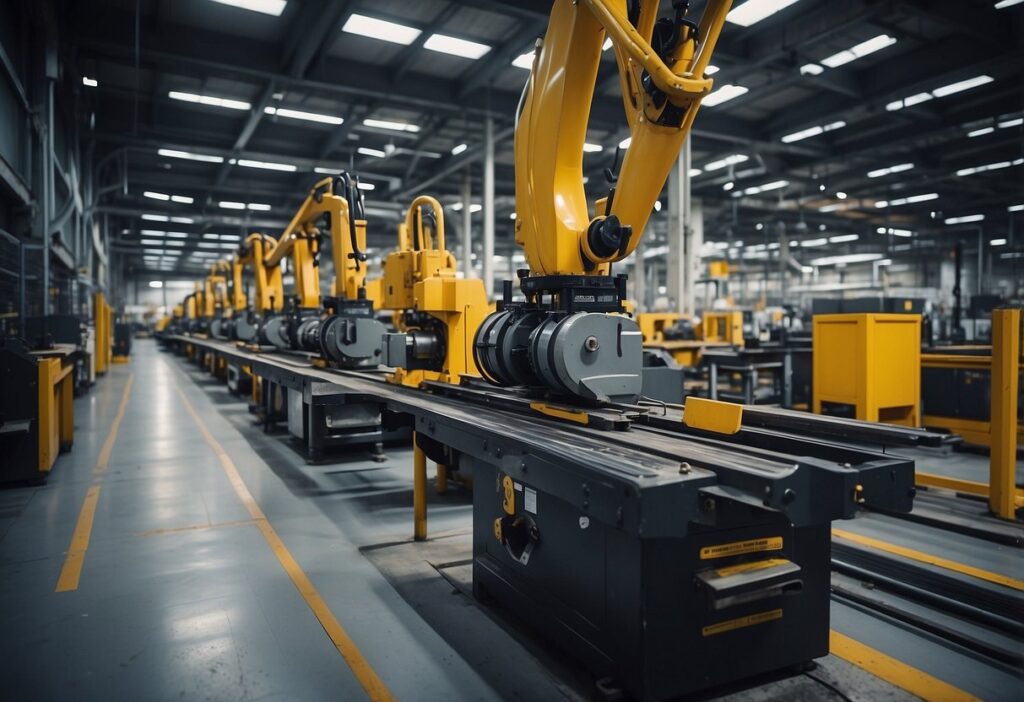Application
Machinery and Equipment

Castings play a crucial role in the manufacturing and performance of machinery and equipment. Their versatility and durability make them essential components in various applications across industries. Below are the key areas where castings are commonly utilized in machinery and equipment:
Structural Components
Castings are widely used for structural parts in machinery, such as bases, frames, and housings. These components provide the necessary rigidity and support to withstand heavy loads and vibrations, ensuring stable operation of equipment.Transmission and Powertrain Systems
In machinery, castings are essential for gears, pulleys, flywheels, and other transmission components. They enable efficient power transfer while withstanding high levels of stress and wear over extended periods.Hydraulic and Pneumatic Systems
Castings are used to produce intricate components like valve bodies, pump housings, and cylinder blocks in hydraulic and pneumatic systems. Their precision and ability to handle high-pressure fluids make them indispensable for these systems.Tooling and Mold Bases
Machinery used in manufacturing often requires durable tooling and mold bases. Castings are ideal for such applications due to their excellent machinability and resistance to deformation under repeated use.Rotating Machinery
Components such as impellers, rotors, and fan blades are commonly made using castings. These parts must be both lightweight and strong, which is achievable through the casting process with materials like aluminum or alloy steel.Heat-Resistant and Wear-Resistant Parts
In high-temperature or abrasive environments, castings made from heat-resistant or wear-resistant alloys are used. Examples include furnace grates, crusher parts, and kiln linings.Agricultural and Construction Equipment
Castings are extensively applied in the production of heavy machinery for agriculture and construction, such as tractors, bulldozers, and excavators. Components like engine blocks, brackets, and axles rely on casting for their robust and durable design.Customizable and Complex Shapes
Castings allow for the creation of highly complex shapes that might be difficult or expensive to achieve with other manufacturing methods. This capability supports the development of innovative and efficient machinery designs.
